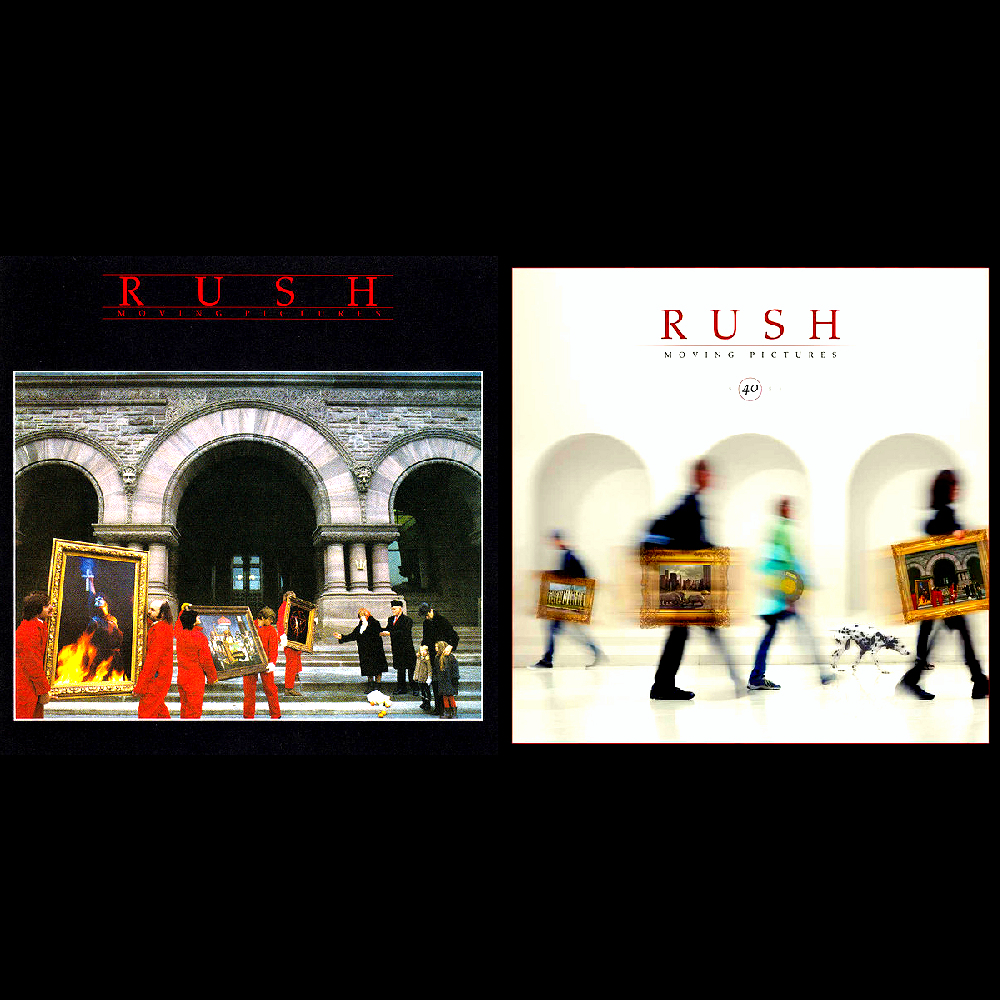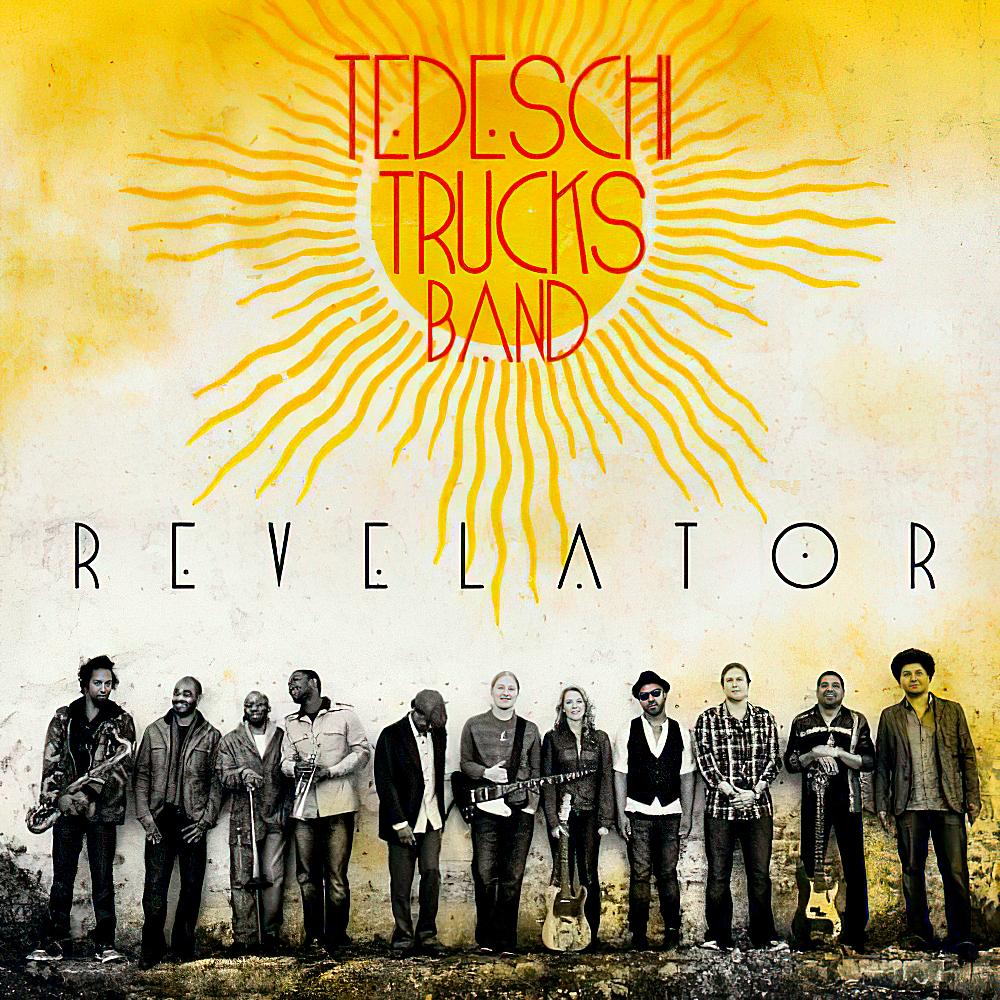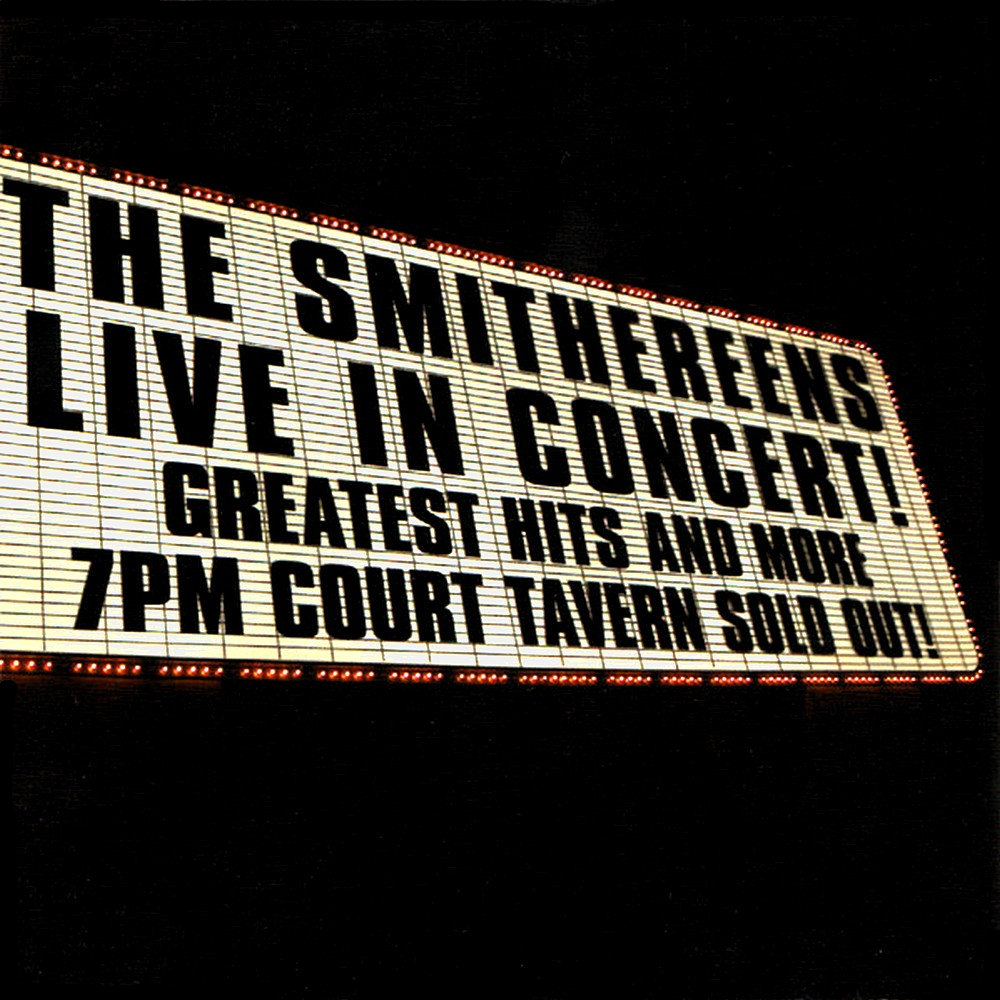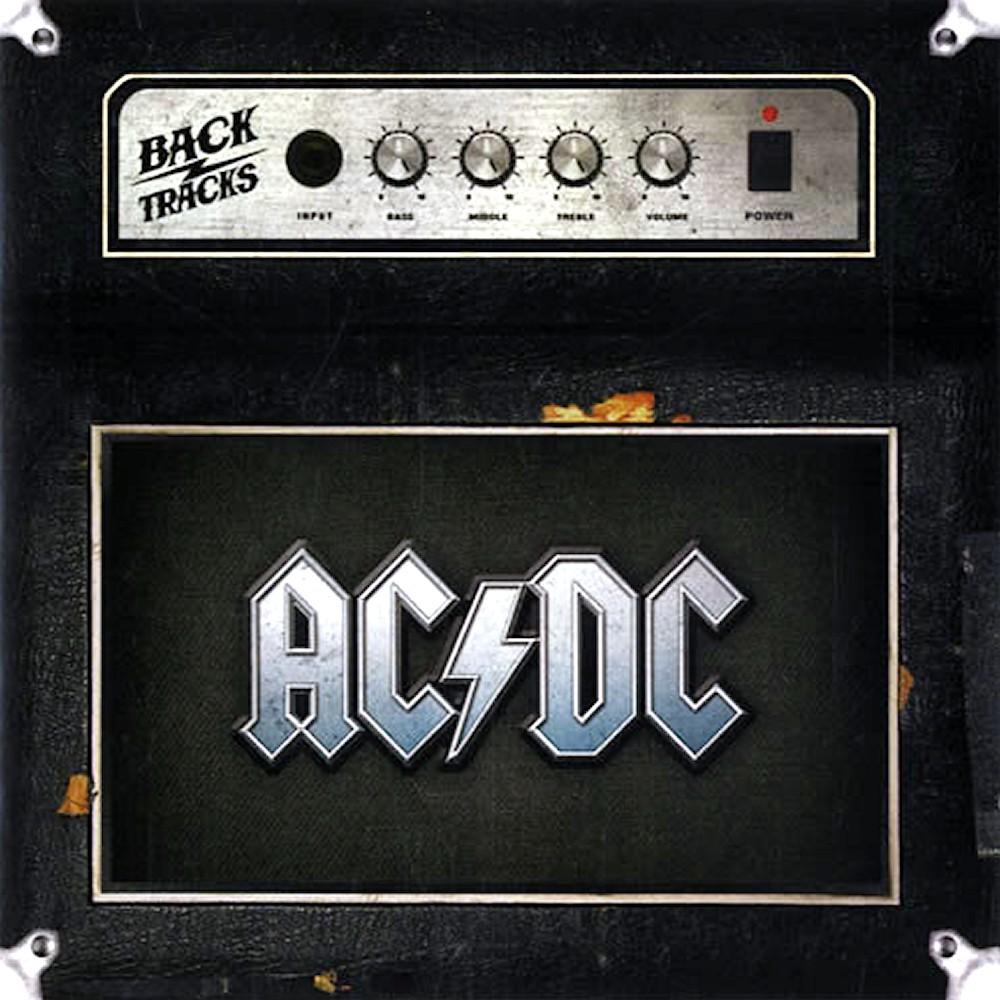
Album Information:
Album ID: 9597
About Rush:
Rush is a legendary Canadian rock band that formed in 1968. The band consists of Geddy Lee (vocals, bass, keyboards), Alex Lifeson (guitar), and Neil Peart (drums, percussion). Rush is known for their progressive rock style, distinct sound, and complex lyrics.
The trio started playing together in high school, performing cover songs at local dances. They quickly developed a tight musical bond and began playing gigs around Toronto, Canada. Rush released their self-titled debut album in 1974, which was followed by Fly by Night (1975) and Caress of Steel (1975). However, it was their fourth album, 2112 (1976), which really put them on the map. The album featured a 20-minute suite of songs that told a science fiction story, showcasing the band's musical and lyric-writing skills.
Throughout the 70s and 80s, Rush continued to release hit albums, including A Farewell to Kings (1977), Hemispheres (1978), Moving Pictures (1981), and Signals (1982). They experimented with synthesizers and electronic sounds, pushing the boundaries of their progressive rock sound while still maintaining their trademark style. The trio's live performances were legendary, featuring intricate musical arrangements and stunning light shows.
In 1997, tragedy struck the band when Neil Peart's daughter and wife passed away within a year of each other. Peart went on a hiatus from the band, and it was unclear if they would continue. However, after a few years, Peart returned to the band, and they released the album Vapor Trails in 2002. Rush continued to release successful albums, including Snakes & Arrows (2007) and Clockwork Angels (2012).
Rush was inducted into the Rock and Roll Hall of Fame in 2013, solidifying their place in music history. They have sold over 40 million records worldwide, making them one of the best-selling rock bands of all time. Rush's music has influenced countless other artists, and their legacy as a band that pushed the boundaries of progressive rock continues to inspire fans and musicians alike.
About the album Moving Pictures:
Moving Pictures is the eighth studio album released by the Canadian rock band Rush in February 1981. The album is widely regarded as one of the greatest albums of the band's career and a landmark of the progressive rock genre. The album features a wide variety of musical styles, ranging from hard rock and heavy metal to pop-rock and even reggae. It incorporates complex time signatures, intricate arrangements, and profound lyrics, reflecting the band's exceptional musicianship and songwriting skills.
The album opens with the explosive track 'Tom Sawyer,' which showcases some of the band's most memorable riffs and Neil Peart's intricate drumming. The song is characterized by its driving rhythms and powerful hooks and is considered one of the band's signature tracks. The album continues with 'Red Barchetta,' a fast-paced, guitar-driven track that tells the story of a futuristic car racing through the countryside.
The third song, 'YYZ,' is an instrumental piece that highlights Peart's drumming skills and Alex Lifeson's guitar work. The song is named after Toronto's Pearson International Airport's international identifier code and showcases the band's ability to incorporate technical proficiency into their music. The fourth track, 'Limelight,' is a fan-favorite and a rock-radio staple, featuring catchy riffs and poignant lyrics about fame and its consequences.
The album's second half begins with 'The Camera Eye,' a dynamic showcase of the band's lyrical and musical prowess. The track features complex interplay between the band members and vivid imagery inspired by the band's travels to New York and London. 'Witch Hunt' is a haunting, atmospheric track inspired by the Salem witch trials, with lyrics that still resonate with social issues of the time.
The album closes with the multi-part epic 'Vital Signs,' which blends reggae and rock music and features synthesizer parts for the first time in Rush's history. The song features Geddy Lee's bass work, which was heavily influenced by reggae music, reflecting the band's willingness to experiment with different genres.
Overall, Moving Pictures is a masterpiece of technical proficiency and songwriting craftmanship. The album broke Rush into the mainstream and cemented their place as one of rock's most influential and successful bands.
Members:
Rush is a Canadian rock band known for their complex compositions, technical proficiency, and lyrics which often address themes of science fiction, fantasy, and philosophy. The key members of Rush are Geddy Lee, Alex Lifeson, and Neil Peart. Here are their biographies:
Geddy Lee:
Geddy Lee, born Gary Lee Weinrib on July 29, 1953, in Willowdale, Ontario, Canada, is the lead vocalist, bassist, and keyboardist of Rush. He began playing music professionally when he was just 14 years old, and joined Rush in 1968. Lee’s distinctive vocal style, virtuosic bass playing, and ability to seamlessly play keyboards while singing led to critical acclaim and commercial success for the band. In addition to his work with Rush, Lee has also recorded solo albums and contributed to various side projects throughout his career.
Alex Lifeson:
Alex Lifeson, born Aleksandar Živojinović on August 27, 1953, in Fernie, British Columbia, Canada, is the lead guitarist and a primary songwriter for Rush. He formed the band with childhood friend Geddy Lee in 1968, and has been a part of every album the band has released. Lifeson’s guitar playing is characterized by his use of innovative chord structures, intricate solos, and various effects pedals. He has received numerous awards for his playing, including induction into the Canadian Music Hall of Fame and the Order of Canada.
Neil Peart:
Neil Peart, born Neil Ellwood Peart on September 12, 1952, in Hamilton, Ontario, Canada, was the drummer and lyricist for Rush until his death in 2020. He joined the band in 1974, replacing original drummer John Rutsey. Peart’s complex and dynamic drumming style, which often incorporated elements of jazz, funk, and Latin music, was a key component of Rush’s sound. He was also known for his thought-provoking lyrics, which touched on subjects such as individualism, philosophy, and science fiction. Peart was widely regarded as one of the greatest and most influential drummers of all time, and received numerous accolades throughout his career, including induction into the Modern Drummer Hall of Fame and the Rock and Roll Hall of Fame.
Track List for Moving Pictures:
1. 'Tom Sawyer' - 4:35
'Tom Sawyer' is the album's opening track, with a strong and instantly recognizable guitar riff from Alex Lifeson. The lyrics were inspired by the Mark Twain character, with references to adventure, individuality, and the desire to not be held back by conformity.
2. 'Red Barchetta' - 6:09
'Red Barchetta' starts with a slow and gentle intro before building up to a fast-paced rock song about a futuristic world where cars are banned. The lyrics are from the perspective of someone who owns a hidden red sports car and can drive it on back roads, evading authorities.
3. 'YYZ' - 4:25
'YYZ' is named after the airport code for Toronto Pearson International Airport, which is near the band's home city. The instrumental track features a catchy and complex melody played on guitar and bass. The song is frequently performed as an encore at Rush concerts.
4. 'Limelight' - 4:20
'Limelight' is a more introspective song, with lyrics that reflect on the pressure to perform as a public figure. There are references to being in the spotlight, as well as the desire for privacy and a sense of normalcy.
5. 'The Camera Eye' - 10:58
'The Camera Eye' is the longest track on the album, and features a lot of instrumental passages and complex arrangements. The lyrics describe different landmarks and areas of New York City, with references to its history, architecture, and culture.
6. 'Witch Hunt' - 4:43
'Witch Hunt' has a darker, more ominous sound and deals with themes of paranoia, fear, and persecution. The lyrics reference the Salem witch trials in colonial America, but can also be interpreted as a commentary on contemporary society.
7. 'Vital Signs' - 4:47
'Vital Signs' closes out the album with an upbeat and energetic song that blends elements of reggae and new wave music. The lyrics touch on themes of change and adapting to the world around you, with references to the pace of modern life and the struggle to keep up.
Discography for Rush:
Sure, here's a complete discography for the band Rush, in chronological order:
Albums:
1. Rush (1974) - March 1, 1974
2. Fly by Night (1975) - February 15, 1975
3. Caress of Steel (1975) - September 24, 1975
4. 2112 (1976) - April 1, 1976
5. A Farewell to Kings (1977) - September 1, 1977
6. Hemispheres (1978) - October 29, 1978
7. Permanent Waves (1980) - January 1, 1980
8. Moving Pictures (1981) - February 12, 1981
9. Signals (1982) - September 9, 1982
10. Grace Under Pressure (1984) - April 12, 1984
11. Power Windows (1985) - October 14, 1985
12. Hold Your Fire (1987) - September 8, 1987
13. Presto (1989) - November 21, 1989
14. Roll the Bones (1991) - September 3, 1991
15. Counterparts (1993) - October 19, 1993
16. Test for Echo (1996) - September 10, 1996
17. Vapor Trails (2002) - May 14, 2002
18. Feedback (2004) - June 29, 2004
19. Snakes & Arrows (2007) - May 1, 2007
20. Clockwork Angels (2012) - June 8, 2012
Live Albums:
1. All the World's a Stage (1976) - September 29, 1976
2. Exit...Stage Left (1981) - October 29, 1981
3. Grace Under Pressure Tour (1985) - October 1986
4. A Show of Hands (1989) - January 31, 1989
5. Different Stages (1998) - November 10, 1998
6. Rush in Rio (2003) - October 21, 2003
7. R30: 30th Anniversary Tour (2005) - November 22, 2005
8. Snakes & Arrows Live (2008) - April 15, 2008
9. Time Machine 2011: Live in Cleveland (2011) - November 8, 2011
10. Clockwork Angels Tour (2013) - November 19, 2013
Singles:
1. 'Not Fade Away'/'You Can't Fight It' - 1973
2. 'In the Mood'/'Take a Friend' - 1974
3. 'Fly by Night'/'Anthem' - 1975
4. 'Making Memories'/'Bastille Day' - 1976
5. EP: 'The Trees'/'Circumstances'/'La Villa Strangiato'/'A Passage to Bangkok' - 1978
6. 'The Spirit of Radio'/'Circumstances' - 1980
7. 'Freewill'/'Jacob's Ladder' - 1980
8. 'Tom Sawyer'/'Witch Hunt' - 1981
9. 'Limelight'/'YYZ' - 1981
10. 'Subdivisions'/'Countdown' - 1982
11. 'New World Man'/'Vital Signs (live)' - 1982
12. 'Distant Early Warning'/'Between the Wheels' - 1984
13. 'The Big Money'/'Territories' - 1985
14. 'Mystic Rhythms'/'Marathon (live)' - 1986
15. 'Force Ten'/'Mission' - 1987
16. 'Time Stand Still'/'High Water' - 1987
17. 'Lock and Key'/'Mission (live)' - 1988
18. 'Show Don't Tell'/'Chain Lightning' - 1989
19. 'The Pass'/'High Water' - 1989
20. 'Superconductor'/'Grand Designs (live)' - 1990
21. 'Roll the Bones'/'Where's My Thing?' - 1991
22. 'Dreamline'/'Bravado (live)' - 1991
23. 'Stick It Out'/'Cut to the Chase' - 1993
24. 'Nobody's Hero'/'Half the World' - 1994
25. 'Driven'/'Driven (live)' - 1996
26. 'Test for Echo'/'The Pass (live)' - 1996
27. 'One Little Victory'/'Earthshine' - 2002
28. 'Secret Touch'/'Earthshine (live)' - 2002
29. 'Summertime Blues'/'Crossroads' - 2004
30. 'Far Cry'/'Armor and Sword' - 2007
31. 'The Larger Bowl (A Pantoum)'/'Good News First' - 2008
Compilation Albums:
1. Chronicles (1990) - September 5, 1990
2. Retrospective I: 1974–1980 (1997) - April 22, 1997
3. Retrospective II: 1981–1987 (1997) - April 22, 1997
4. The Spirit of Radio: Greatest Hits 1974–1987 (2003) - February 11, 2003
5. Gold (2006) - June 13, 2006
6. The Complete Mercury Years (2019) - October 18, 2019
I hope this helps!


 Last Played: 11/01/24 02:36 AM
Last Played: 11/01/24 02:36 AM Last Played: 11/01/24 02:31 AM
Last Played: 11/01/24 02:31 AM